I have read Gut and Psychology Syndrome approximately 1, 234 times. Or something like that.
No shame. It’s, hands down, one of the best “health” books I ever read. And it’s also one of the two books that changed my life (as told to Katie Wells via a podcast I recorded with her!)
But it’s been awhile since I’ve really dug into the book. So as I’m reading it now, it’s through an entirely different lens.
I’m noticing things I never did before. Like this, from the father of modern psychiatry French psychiatrist Phillipe Pinel (1745-1828). After working with mental patients for many years, he concluded (in 1807),
The primary seat of insanity generally is in the region of the stomach and intestines.
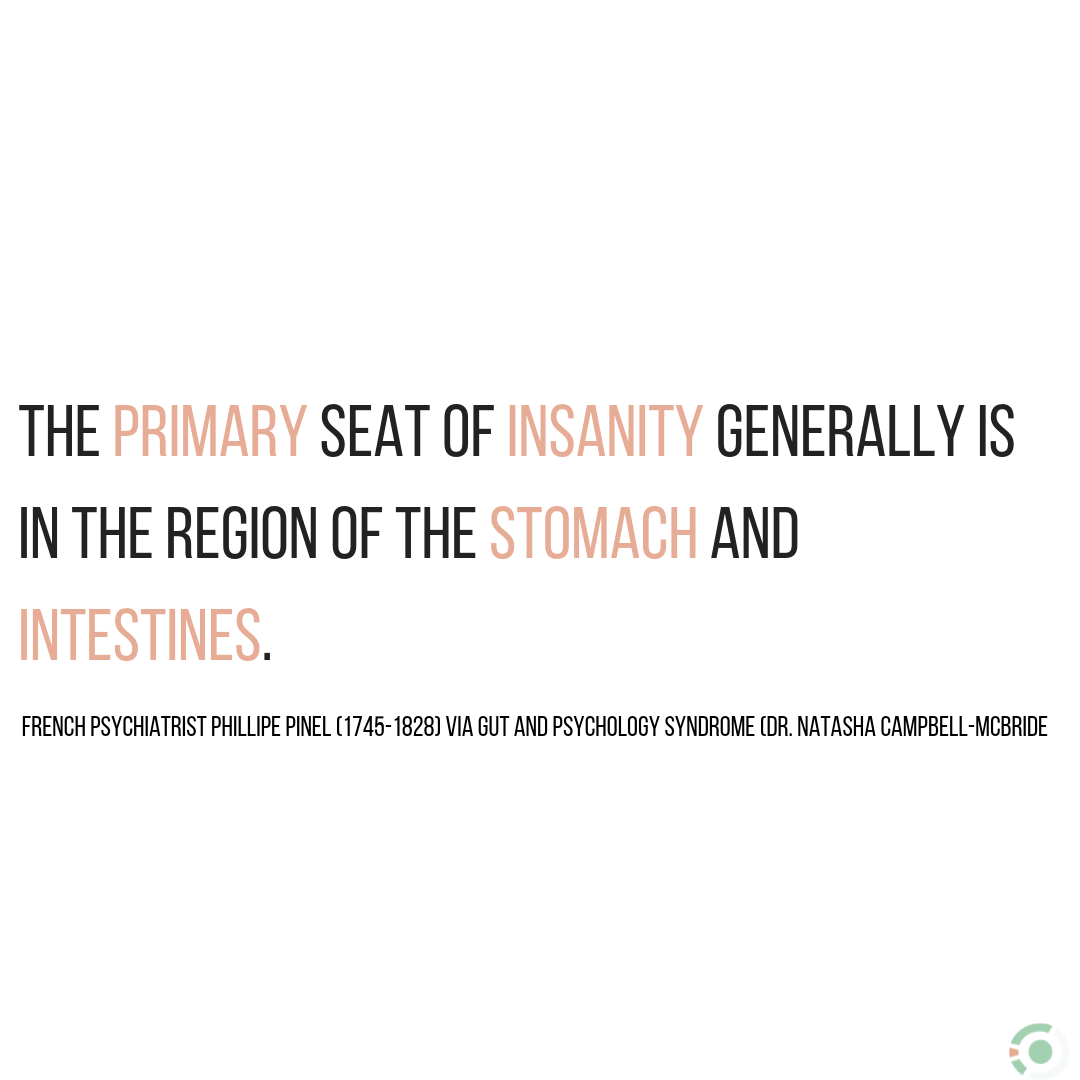
There is a reason we keep coming back to Hippocrates and, “All diseases begin in the gut.”
And when I talk about this gut-brain axis, I can tell you, with 1,000% conviction, that it’s real.
Mental Health Awareness Month
So why step back to focus on the Gut and Psychology Syndrome book for a hot minute? Because, May is Mental Health Awareness Month and this topic is not only fascinating to me, it’s also relevant to the Gutsy community.
According to the National Institute of Mental Health,
Mental illnesses are common in the United States. Nearly one in five U.S. adults live with a mental illness (46.6 million in 2017). Mental illnesses include many different conditions that vary in degree of severity, ranging from mild to moderate to severe.
And if you think it’s just the gut-healing community who touts a gut-brain connection, you would be incorrect. The Mental Health America website allows people to learn more about these five areas, as they relate to mental health,
- Diet and Nutrition
- Exercise
- The Gut-Brain Connection
- Sleep
- Stress
If you click on The Gut-Brain Connection, you will see they state things like:
- The gut and brain are connected in two main ways: Physically (via Vagus Nerve) and Chemically (via hormones and neurotransmitters).
- The chemical messages that pass between the gut and the brain can be affected by the bacteria, viruses, and fungi that live in the gut called the “gut microbiome.” (Want more on the Gut Microbiome? I wrote all about it HERE.)
- Research in animals has shown that changes in the gut microbiome and inflammation in the gut can affect the brain and cause symptoms that look like Parkinson’s disease, autism, anxiety and depression.
There is zero chance you should deny the gut-brain connection.
Back to the Gut and Psychology Syndrome.
Gut and Psychology Syndrome
Click HERE to save this post for later.
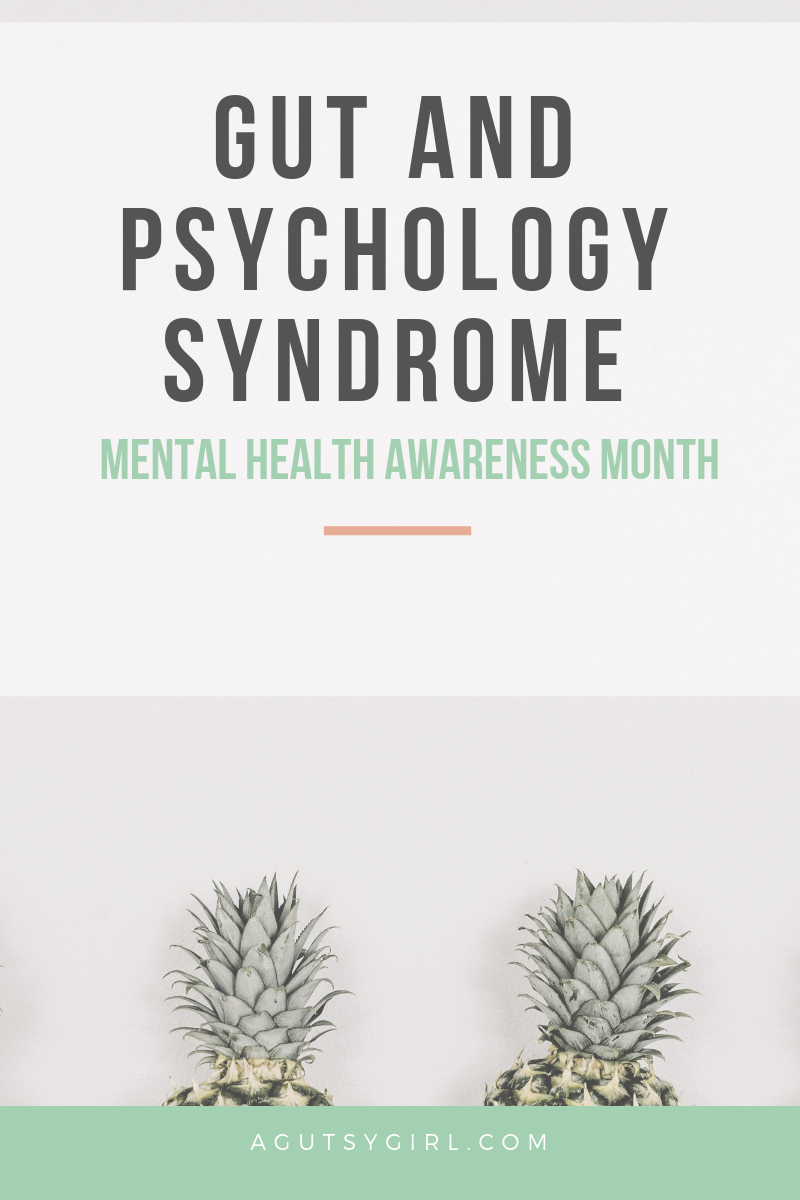
For full disclosure, in case you have not yet read the Gut and Psychology Syndrome book, Dr. Natasha Campbell-McBride’s work focused mainly on children.
Thus, if you have a Gutsy Child, I recommend this book even more.
But even if you don’t and you’re considering it for yourself, I still recommend it because it changed my life long before we got the babies.
Moving on….
On page 13, to close out her chapter, All Diseases Begin in the Gut, Dr. Campbell-McBride states,
The question is: why do GAPS children and adults have their digestive systems in such a condition? What has it got to do with their mental state? To understand that we need to look at some very important fundamental aspects of human gut.
The Roots of a Tree
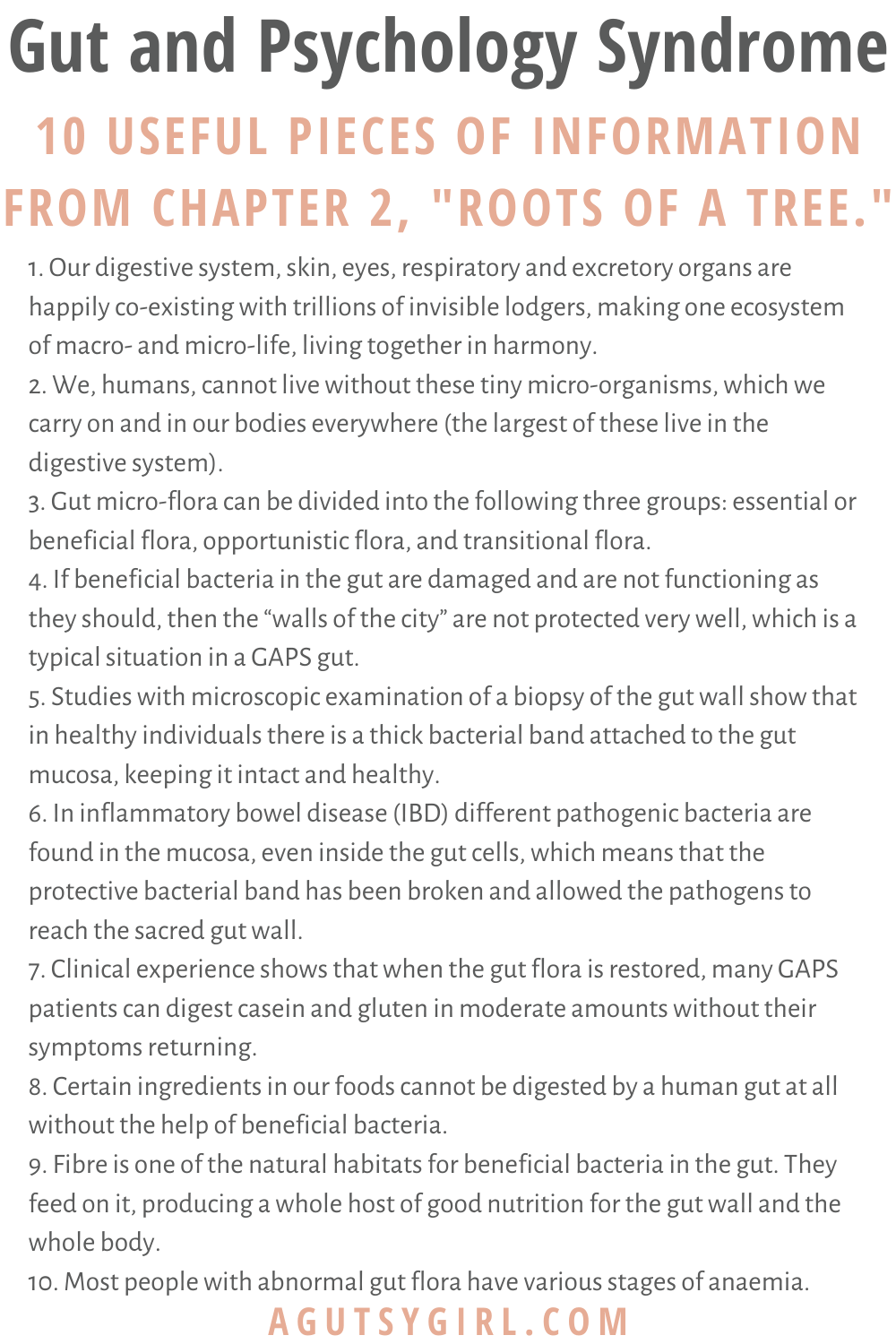
Chapter 2 is, The Roots of a Tree. It might be one of the most interesting Gut and Psychology Syndrome chapters because it’s the backbone, the foundation, for everything else.
Without a sound understanding of that, it’s hard to comprehend the rest of the gut-brain axis.
From the chapter, here are my favorite pieces of information to pass along to you (you can click HERE to save them for later):
- Our digestive system, skin, eyes, respiratory and excretory organs are happily co-existing with trillions of invisible lodgers, making one ecosystem of macro- and micro-life, living together in harmony.
- We, humans, cannot live without these tiny micro-organisms, which we carry on and in our bodies everywhere (the largest of these live in the digestive system).
- It’s a fact that the gut micro-flora divide into the following three groups: essential or beneficial flora, opportunistic flora, and transitional flora.
-
Beneficial gut bacteria
If beneficial bacteria in the gut are damaged and are not functioning as they should, then the “walls of the city” are not protected very well, which is a typical situation in a GAPS gut.
- In healthy individuals there is a thick bacterial band attached to the gut mucosa, keeping it intact and healthy. This is done by studying with microscopic examination of a biopsy of the gut wall.
- In inflammatory bowel disease (IBD) different pathogenic bacteria are found in the mucosa, even inside the gut cells. This means that the protective bacterial band has been broken and allowed the pathogens to reach the sacred gut wall.
- Clinical experience shows that with gut flora restoration, many GAPS patients can digest casein and gluten in moderate amounts without their symptoms returning.
- Certain ingredients in our foods cannot digest by a human gut without the help of beneficial bacteria. A good example is dietary fibre. In a gut with healthy gut flora the fibre partially breaks down. It breaks down to oligosaccharides, amino-acids, minerals, organic acids and other useful nutrients to feed the gut wall and the rest of the body.
- Fibre is one of the natural habitats for beneficial bacteria in the gut. They feed on it, producing a whole host of good nutrition for the gut wall and the whole body. Thus, when these good bacteria are damaged and are not able to “work” the fibre, dietary fibre itself can become dangerous for the digestive system.This provides a good habitat for the bad pathogenic bacteria and aggravates inflammation in the gut wall.
- Most people with abnormal gut flora have various stages of anaemia.
Roots
To sum this all up, Dr. Campbell-McBride states,
A well-functioning gut with healthy gut flora hold the roots of our health. And, like a tree with sick roots is not going to thrive, the rest of the body cannot thrive without a well-functioning digestive system.

I find the gut-brain connection fascinating, and I’ll never stop sharing about and researching it for our community.
If you liked this post, you might also enjoy:
- The Gut-Brain Connection
- How Mindset Changes Gut Healing
- Emotional and Mental Deep Dive for Gut Healing
Xox,
SKH
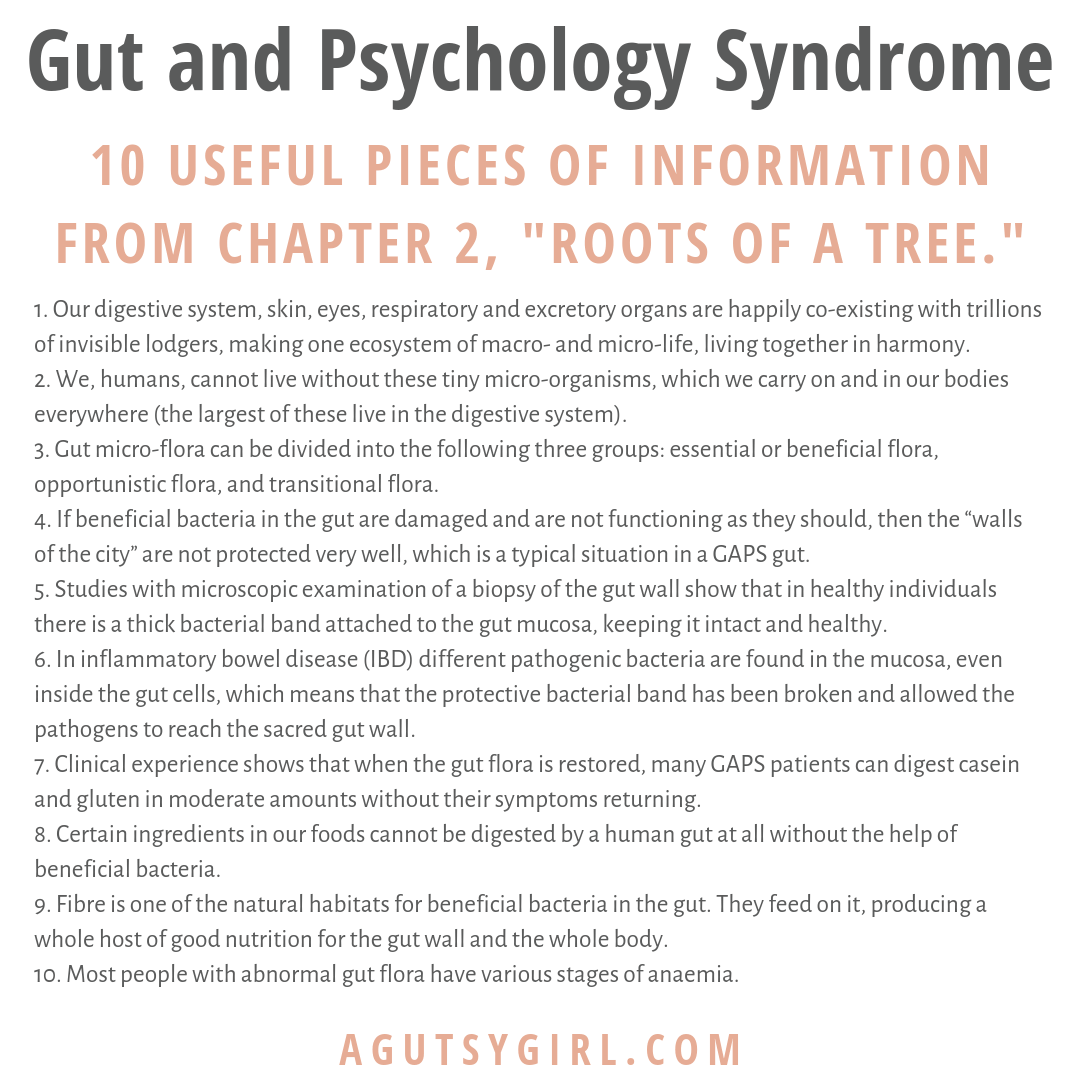
🤰 bloating be gone! weight loss through optimal gut health for women
💃ʜᴇᴀʟ ʏᴏᴜʀ ɢᴜᴛ. ʜᴇᴀʟ ʏᴏᴜʀ ʟɪfe.
🫶🏻 founder gutbyome.com


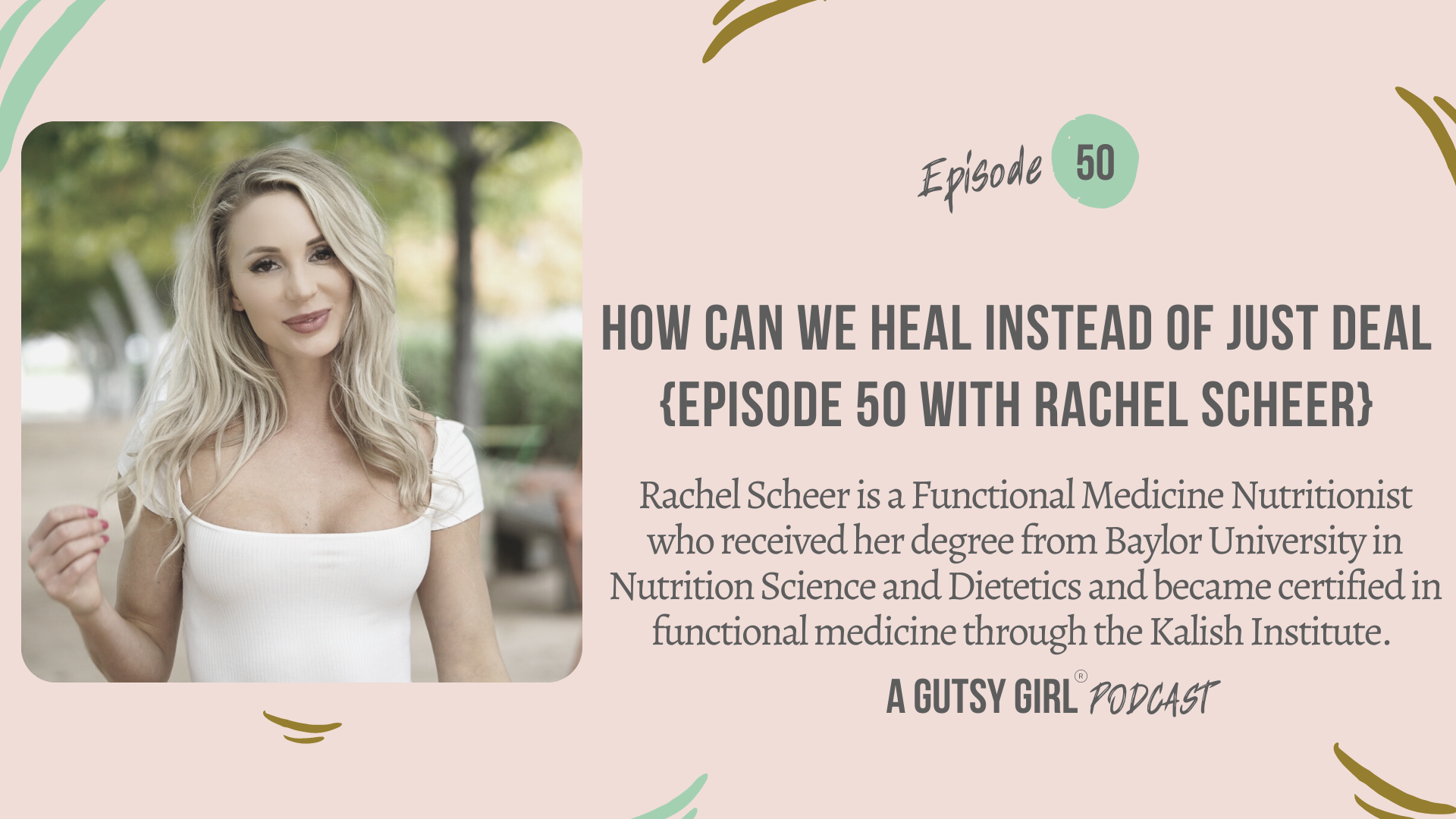




I read your article with a re-newed interest. It popped up in my browsing a matter of days after reading of research in stools being used to rebalance gut microbes. The research study, which was not of a large number of case studies came to the conclusion, as you have that the gut is central to our wellbeing. Indeed it has been described that our immune system centres in our gut.
Thank you for bringing this matter to the fore.
I have a granddaughter who was diagnosed on the spectrum. She has some fairly classic symptoms but in spite of them is a truly lovely girl aged twelve beginning to out reach to her ‘posse’ more and branching out with a degree of independence never displayed before. She is incredibly artistic and has her ‘pet’ subject she manages to give talks about in class at school.
Hi, this was a great post to start me on the whole brain-gut thing. It’s so interesting, I began a plant-based eating journey 5 days ago and can definitely feel that I feel different, way perkier, energy & mood! Thanks for the info. Jorja x